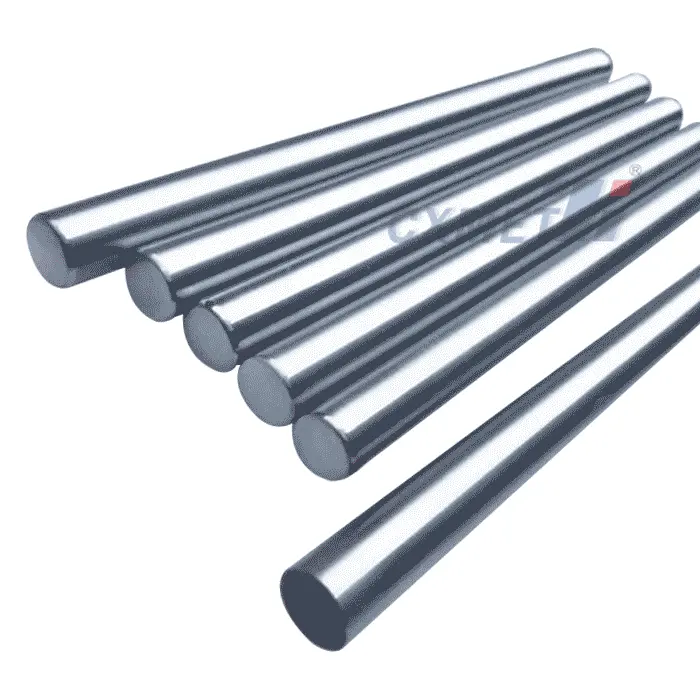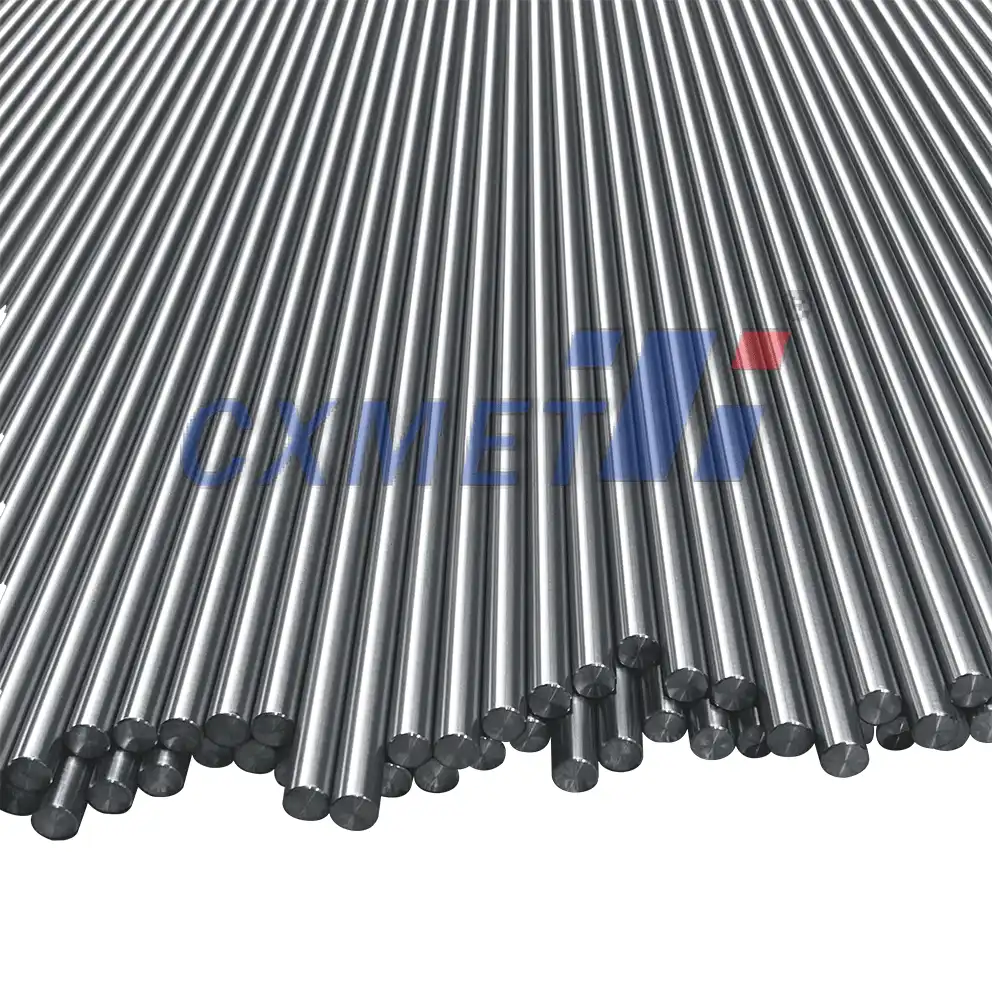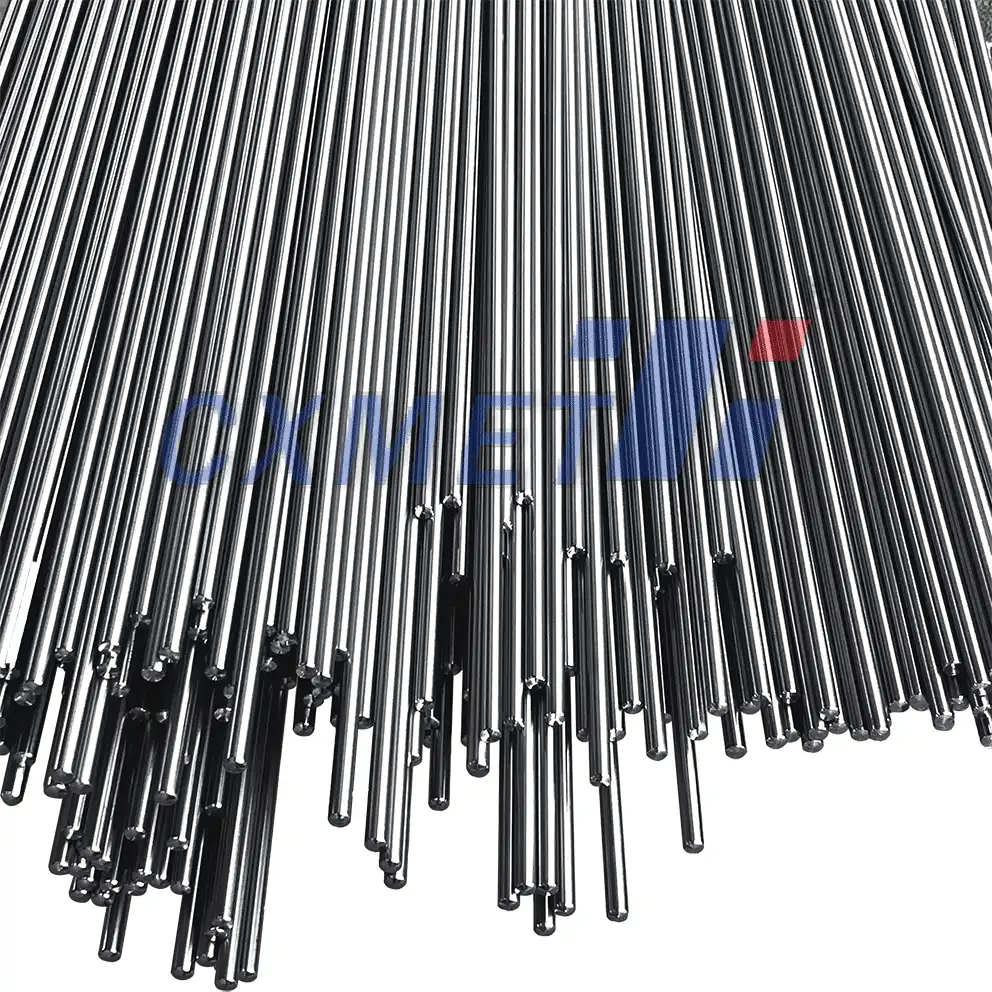- English
- French
- German
- Portuguese
- Spanish
- Russian
- Japanese
- Korean
- Arabic
- Greek
- German
- Turkish
- Italian
- Danish
- Romanian
- Indonesian
- Czech
- Afrikaans
- Swedish
- Polish
- Basque
- Catalan
- Esperanto
- Hindi
- Lao
- Albanian
- Amharic
- Armenian
- Azerbaijani
- Belarusian
- Bengali
- Bosnian
- Bulgarian
- Cebuano
- Chichewa
- Corsican
- Croatian
- Dutch
- Estonian
- Filipino
- Finnish
- Frisian
- Galician
- Georgian
- Gujarati
- Haitian
- Hausa
- Hawaiian
- Hebrew
- Hmong
- Hungarian
- Icelandic
- Igbo
- Javanese
- Kannada
- Kazakh
- Khmer
- Kurdish
- Kyrgyz
- Latin
- Latvian
- Lithuanian
- Luxembou..
- Macedonian
- Malagasy
- Malay
- Malayalam
- Maltese
- Maori
- Marathi
- Mongolian
- Burmese
- Nepali
- Norwegian
- Pashto
- Persian
- Punjabi
- Serbian
- Sesotho
- Sinhala
- Slovak
- Slovenian
- Somali
- Samoan
- Scots Gaelic
- Shona
- Sindhi
- Sundanese
- Swahili
- Tajik
- Tamil
- Telugu
- Thai
- Ukrainian
- Urdu
- Uzbek
- Vietnamese
- Welsh
- Xhosa
- Yiddish
- Yoruba
- Zulu
Is Gr9 Titanium Bar Corrosion Resistant?
2025-01-25 11:43:55
Gr9 Titanium Bar, also known as Grade 9 Titanium or Ti-3Al-2.5V, is a high-strength titanium alloy widely used in various industries due to its exceptional properties. One of the most frequently asked questions about this material is its corrosion resistance. Indeed, Gr9 Titanium Bar is known for its excellent corrosion resistance, which makes it a popular choice for applications in challenging environments. This blog post will delve into the corrosion-resistant properties of Gr9 Titanium Bar and explore its various applications and characteristics.

What are the main applications of Gr9 Titanium Bar?
Gr9 Titanium Bar finds extensive use across multiple industries due to its unique combination of properties. In the aerospace sector, it is a preferred material for aircraft hydraulic systems, engine components, and structural parts. The automotive industry utilizes Gr9 Titanium Bar in high-performance vehicles for components such as connecting rods, valves, and suspension systems. In the medical field, this alloy is employed in the production of surgical instruments, implants, and prosthetics due to its biocompatibility and corrosion resistance.
The marine industry also benefits from Gr9 Titanium Bar's corrosion resistance, using it in saltwater environments for propeller shafts, rigging components, and other marine hardware. In the chemical processing industry, Gr9 Titanium Bar is used for manufacturing reaction vessels, heat exchangers, and piping systems that require resistance to corrosive chemicals. Sports equipment manufacturers incorporate this material into high-end bicycle frames, golf club heads, and tennis racket frames, taking advantage of its high strength-to-weight ratio.
The oil and gas industry employs Gr9 Titanium Bar in offshore drilling equipment, subsea components, and downhole tools due to its ability to withstand harsh environments. In the power generation sector, this alloy is used in steam turbine blades and other components exposed to high temperatures and pressures. The aerospace and defense industries utilize Gr9 Titanium Bar in missile components, armor plating, and spacecraft structures, benefiting from its high strength and low weight.
How does Gr9 Titanium Bar compare to other titanium grades in terms of corrosion resistance?
When comparing Gr9 Titanium Bar to other titanium grades, it's essential to understand that all titanium alloys generally offer excellent corrosion resistance. However, there are subtle differences in their performance under various conditions. Gr9 Titanium Bar, with its composition of 3% aluminum and 2.5% vanadium, offers a balance between strength and corrosion resistance that sets it apart from other grades.
Compared to commercially pure titanium grades like Grade 1, 2, 3, and 4, Gr9 Titanium Bar exhibits superior strength while maintaining excellent corrosion resistance. The addition of aluminum and vanadium enhances its mechanical properties without significantly compromising its corrosion-resistant characteristics. This makes Gr9 an excellent choice for applications requiring both strength and corrosion resistance.
When compared to higher-strength alloys like Grade 5 (Ti-6Al-4V), Gr9 Titanium Bar offers slightly better formability and weldability while still providing good corrosion resistance. Although Grade 5 may have higher strength, Gr9 maintains a better balance between strength and ductility, making it more suitable for certain applications, particularly those involving cold working or complex forming operations.
In terms of specific corrosion resistance, Gr9 Titanium Bar performs exceptionally well in oxidizing environments, including exposure to nitric acid, seawater, and other chloride-containing media. It also exhibits excellent resistance to stress corrosion cracking, a property that is particularly valuable in aerospace and chemical processing applications. While some higher-alloyed titanium grades might offer marginally better corrosion resistance in extremely aggressive environments, Gr9 Titanium Bar provides more than adequate protection for most industrial and commercial applications.

What factors affect the corrosion resistance of Gr9 Titanium Bar?
The corrosion resistance of Gr9 Titanium Bar is influenced by several factors, both inherent to the material and related to its processing and application. Understanding these factors is crucial for maximizing the alloy's performance in corrosive environments.
One of the primary factors affecting corrosion resistance is the surface condition of the Gr9 Titanium Bar. A clean, smooth surface free from contaminants and defects will exhibit better corrosion resistance than a rough or contaminated surface. Proper surface preparation, including cleaning, pickling, and passivation, can significantly enhance the material's corrosion resistance by promoting the formation of a stable, protective oxide layer.
The environmental conditions to which the Gr9 Titanium Bar is exposed play a crucial role in its corrosion behavior. Factors such as temperature, pH, presence of oxidizing or reducing agents, and concentration of corrosive species can all impact the material's performance. While Gr9 Titanium Bar generally excels in oxidizing environments, it may be more susceptible to corrosion in reducing conditions, particularly at elevated temperatures.
Mechanical stress can also influence the corrosion resistance of Gr9 Titanium Bar. Stress corrosion cracking (SCC) can occur when the material is subjected to both mechanical stress and a corrosive environment simultaneously. However, Gr9 Titanium Bar generally exhibits good resistance to SCC compared to many other metallic materials.
The microstructure of the Gr9 Titanium Bar, which is influenced by its processing history, can affect its corrosion resistance. Proper heat treatment and processing can optimize the microstructure for enhanced corrosion resistance. Additionally, the presence of impurities or inclusions in the material can create local galvanic cells, potentially leading to localized corrosion.
Galvanic corrosion is another factor to consider when using Gr9 Titanium Bar in conjunction with other metals. Due to its nobility, titanium is often cathodic to many other metals, which can lead to accelerated corrosion of the less noble metal in the presence of an electrolyte. Proper design and material selection are essential to mitigate this risk in multi-material systems.
Lastly, the specific alloying elements in Gr9 Titanium Bar contribute to its corrosion resistance. The addition of aluminum and vanadium not only enhances mechanical properties but also influences the material's electrochemical behavior and the stability of its passive oxide layer. This unique composition contributes to the alloy's excellent balance of properties, including its corrosion resistance.
In conclusion, Gr9 Titanium Bar exhibits excellent corrosion resistance, making it a valuable material for a wide range of applications across various industries. Its unique combination of strength, lightweight, and corrosion resistance sets it apart from many other metallic materials. By understanding the factors that influence its corrosion behavior and implementing proper material selection, processing, and design practices, engineers and designers can fully leverage the exceptional properties of Gr9 Titanium Bar in corrosive environments.
At SHAANXI CXMET TECHNOLOGY CO., LTD, we take pride in our extensive product range, which caters to diverse customer needs. Our company is equipped with outstanding production and processing capabilities, ensuring the high quality and precision of our products. We are committed to innovation and continuously strive to develop new products, keeping us at the forefront of our industry. With leading technological development capabilities, we are able to adapt and evolve in a rapidly changing market. Furthermore, we offer customized solutions to meet the specific requirements of our clients. If you are interested in our products or wish to learn more about the intricate details of our offerings, please do not hesitate to contact us at sales@cxmet.com. Our team is always ready to assist you.

References
- ASM International. (2015). Titanium and Titanium Alloys: Fundamentals and Applications.
- Lutjering, G., & Williams, J. C. (2007). Titanium (2nd ed.). Springer-Verlag Berlin Heidelberg.
- Peters, M., Kumpfert, J., Ward, C. H., & Leyens, C. (2003). Titanium Alloys for Aerospace Applications. Advanced Engineering Materials, 5(6), 419-427.
- Schutz, R. W., & Watkins, H. B. (1998). Recent developments in titanium alloy application in the energy industry. Materials Science and Engineering: A, 243(1-2), 305-315.
- Donachie, M. J. (2000). Titanium: A Technical Guide (2nd ed.). ASM International.
- Boyer, R. R. (1996). An overview on the use of titanium in the aerospace industry. Materials Science and Engineering: A, 213(1-2), 103-114.
- Gurrappa, I. (2003). Characterization of titanium alloy Ti-6Al-4V for chemical, marine and industrial applications. Materials Characterization, 51(2-3), 131-139.
- Rack, H. J., & Qazi, J. I. (2006). Titanium alloys for biomedical applications. Materials Science and Engineering: C, 26(8), 1269-1277.
- Revie, R. W., & Uhlig, H. H. (2008). Corrosion and Corrosion Control: An Introduction to Corrosion Science and Engineering (4th ed.). John Wiley & Sons.
- Schutz, R. W. (2005). Corrosion of Titanium and Titanium Alloys. In ASM Handbook Volume 13B: Corrosion: Materials (pp. 252-299). ASM International.
YOU MAY LIKE